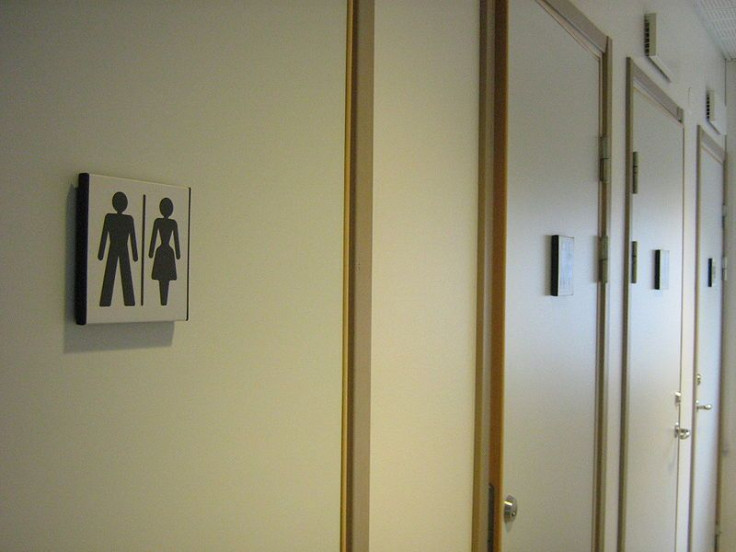Division Rules in Favor of Coy Mathis in Bathroom Dispute

The Colorado Civil Rights Division has determined that by barring Coy Mathis, 6, from the girls’ bathroom at her elementary school, the school district discriminated against her. The decision represents a significant victory for the LGBTQ community, as well as a new standard for how antidiscrimination laws are to be applied in similar cases where transgender individuals are pitted against gender binary norms.
The New York Times reports that the sharply worded ruling held that the Fountain-Fort Carson School District, by forcing Coy to use the boys’ bathroom, needlessly established a hostile environment wherein the girl would likely be subject to constant harassment.
To tell the girl “that she must disregard her identity while performing one of the most essential human functions constitutes severe and pervasive treatment, and creates an environment that is objectively and subjectively hostile, intimidating or offensive,” Steven Chavez, the division director, wrote in the decision.
Coy, who was biologically born a boy, began identifying as a girl after just a few years.
While the Colorado school initially agreed to treat her accordingly, things began to change rapidly when Coy started first grade. During kindergarten, teachers had given the impression of understanding -- now, they suddenly informed her parents that she would no longer be allowed to use the girls’ bathroom. They explained their decision by claiming that as Coy grew older, parents and other students would become uncomfortable. Instead, she was instructed to use the staff bathrooms or the gender-neutral one located in the school’s health office.
Coy’s parents immediately filed a complaint with the state’s civil rights division, which prompted the investigation and subsequent ruling.
Although Coy’s birth certificate lists her as male, subsequent medical records and legal documents identify her as female. Chavez pointed to this simple fact in his decision, noting that “compartmentalizing a child as a boy or a girl solely based on their visible anatomy is a simplistic approach to a difficult and complex issue.”
The school initially held that they, by offering to let Coy use the staff bathrooms, had provided her with a viable alternative. To this, Chavez responded that the compromise failed to address the actual issue; the partial exclusion of Coy from circumstances naturally attending the gender with which she identifies “creates a barrier where none should exist, and entirely disregards the Charging Party’s gender identity.”
In other words, Coy, as a female, must be allowed to identity as one without restriction. Thus, even if the school had offered her her own private bathroom, the actual point at issue had been left unresolved.
LGBTQ rights advocates are certain that the division’s ruling will have significant bearing on how similar cases are treated in the future.



























